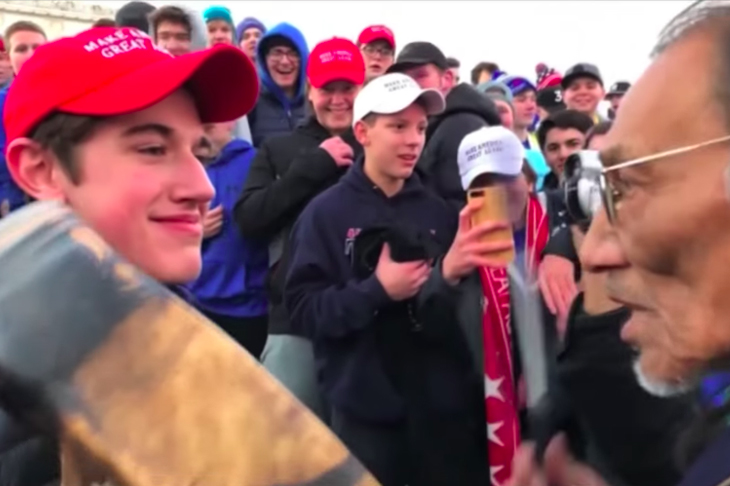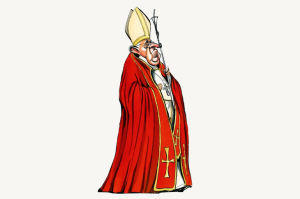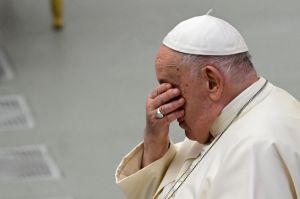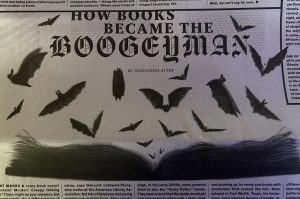It’s always darkest before the dawn, or so the optimists would have us believe. The darkness this past week came, as so often, in fast and furious character assassinations on Twitter. A short video clip showed a confrontation between white Catholic MAGA-hat-wearing teenagers and a Native American elder. The Twittersphere leapt to condemn the Covington students, and to exalt Nathan Phillips, the Native American elder who was beating a drum inches away from Nick Sandmann’s face. Sandmann, a junior at Covington had a face that many were quick to characterize as smug. His smirk framed the way critics responded to the clip.
As with most things, however, the interaction between Phillips and the Covington boys was not as clear cut as it first seemed. We have been primed by activists and even much of the media to quickly discern heroes and villains in any given situation. In our age of outrage, labels of right and wrong are often thrust upon people based on how much privilege we calculate them to have. With this incident, that calculation seemed easy. On one side of the equation we had white Catholic males who are pro-life and pro-Trump. On the other, a Native American elder championing the rights of indigenous peoples. And thus, with a calculation so simple, hordes of people jumped to conclusions they had no way of proving. They condemned the Covington boys forcefully and without restraint. Some even demanded their names and personal information, in the hopes of making their shaming more painful and prolonged.
Other videos were found, and longer clips released. It turns out that Phillips had misrepresented key parts of the encounter: he first claimed that the teens had surrounded him as he was preparing to leave, but video evidence demonstrates him approaching the students— a fact to which he later admitted. Phillips also claimed that the Covington boys were attacking several Black individuals, when in fact, video evidence shows a few of the Black Hebrew Israelites harassing the teens. In truth, videos from the event demonstrate that no one acted particularly well. There’s been plenty of writing on the subject, but Kyle Smith at National Review has it best:
‘We’ll stipulate that the Catholic boys from a high school in Kentucky were a little obnoxious when an indigenous man named Nathan Phillips banged a drum at them in front of the Lincoln Memorial on Friday, but Phillips was being a lot more obnoxious. To put it another way, if you were minding your own business in a public place and someone came right up to you and put a drum up to your face and made a huge racket inches from your nose, would you be happy about it? The kids from Covington Catholic High School in Covington, Ky., were ambassadors for causes much bigger than themselves: Catholicism and the right to life. As such, they should have comported themselves better than to jeer and do a tomahawk chop in front of Phillips. Ideally, the kids would have ignored him and walked away. Until about 10 minutes ago, it was broadly agreed in our culture that kids are allowed to do some dumb things because they’re kids.’


















